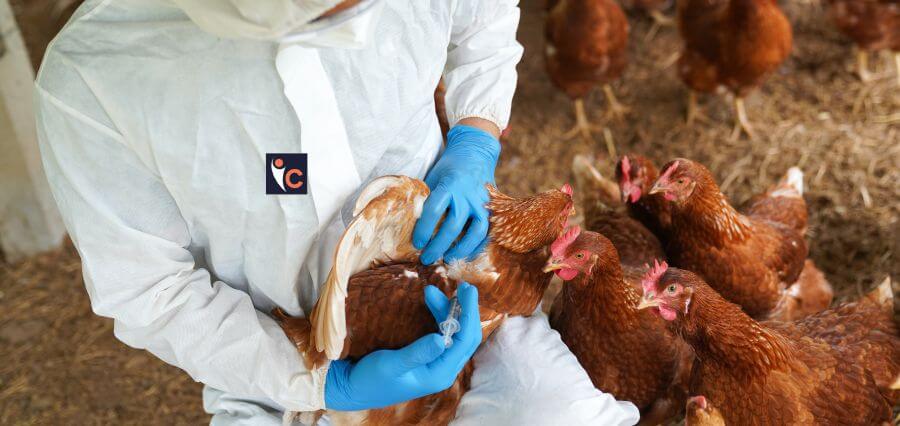Overview
The Cambodia International Health Regulations (IHR) and National Focal Point (NFP) reported the first case of human infection with the H5N1 virus. On February 24, 2023, another case was reported.
An outbreak investigation is underway to determine how these two reported cases were exposed to the virus. These are Cambodia’s first two cases of avian influenza A (H5N1) since 2014. Cambodia reported the first Highly Pathogenic Avian Influenza (HPAI) H5N1 outbreak affecting wild birds in December 2003.
Human cases due to poultry-to-human transmission were reported sporadically in Cambodia since then, up until 2014. Human H5N1 infection can cause severe disease, has a high mortality rate and is reportable under IHR (2005).
WHO Advises
Given the reports of sporadic influenza A (H5N1) cases in humans, widespread bird circulation, and the ever-changing nature of influenza viruses. The World Health Organization reiterates the importance of global surveillance in detecting and monitoring epidemiological and clinical changes associated while emerging or circulating influenza viruses that may affect human health, as well as timely virus sharing for risk assessment.
There is currently no vaccine to protect against avian influenza in humans. To reduce the risk of reassortment, WHO recommends that all people who work with poultry or birds receive a seasonal influenza vaccination.
Under the International Health Regulations (IHR), all human infections caused by a relatively new influenza subtype should be reported. States Parties to the IHR (2005) must notify WHO immediately of any research lab case of a recent human infection caused by influenza. Based on current information, the WHO advises against imposing travel or trade restrictions.
Read More News: Click Here















